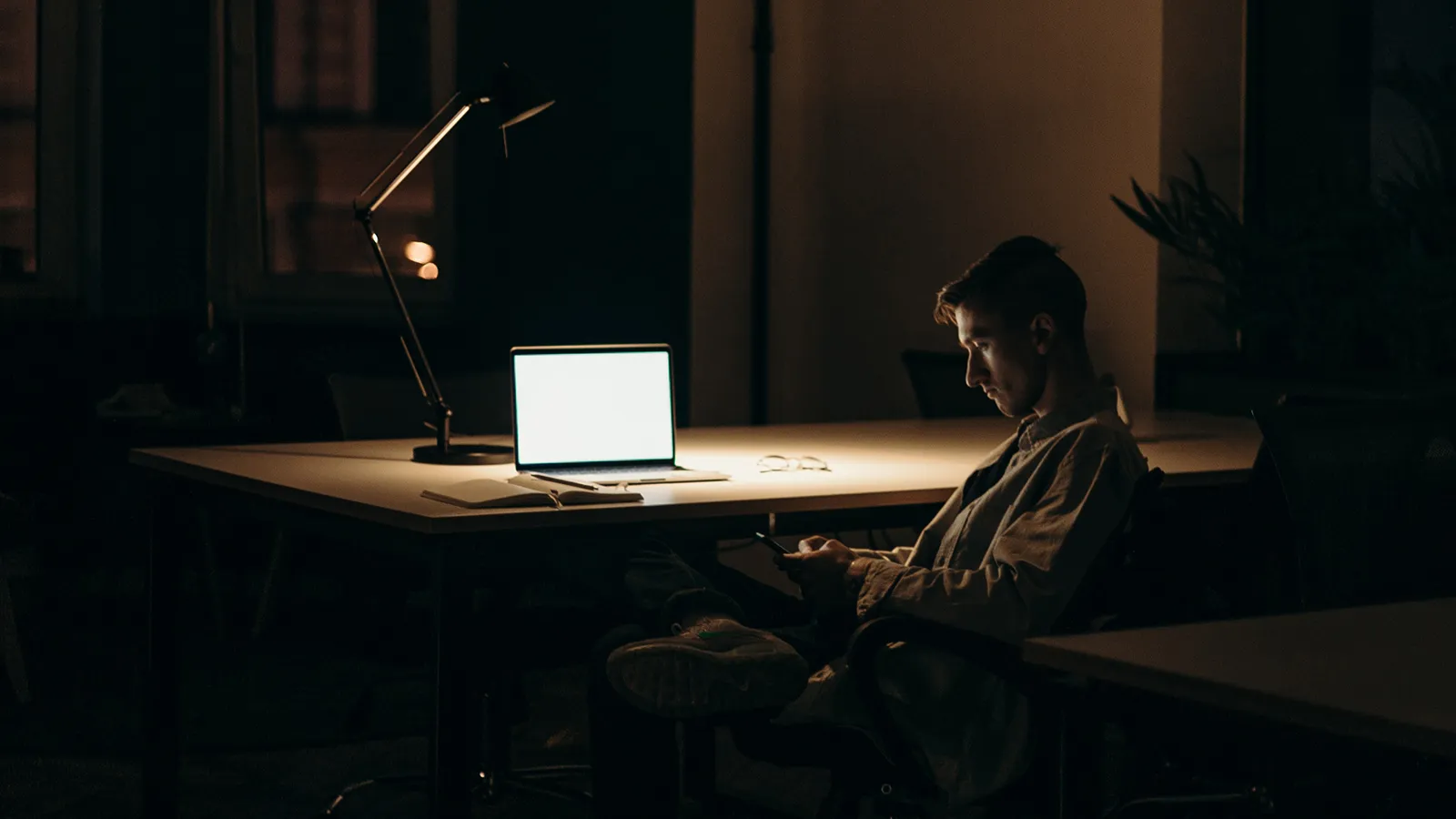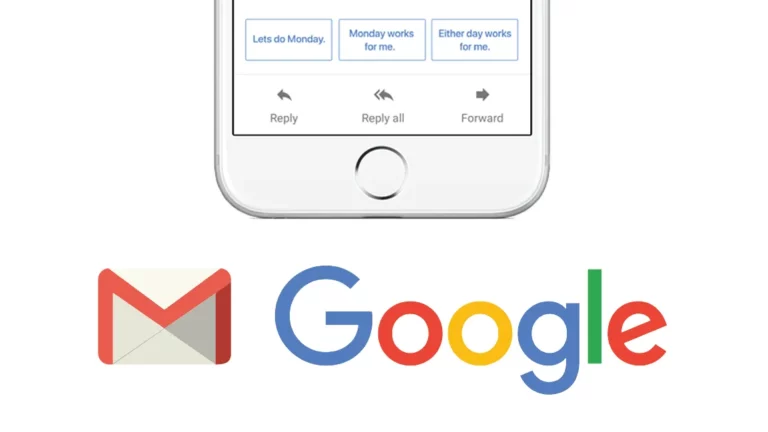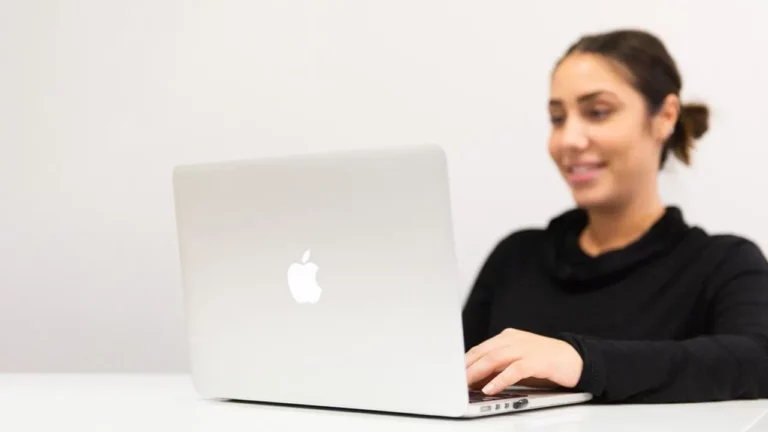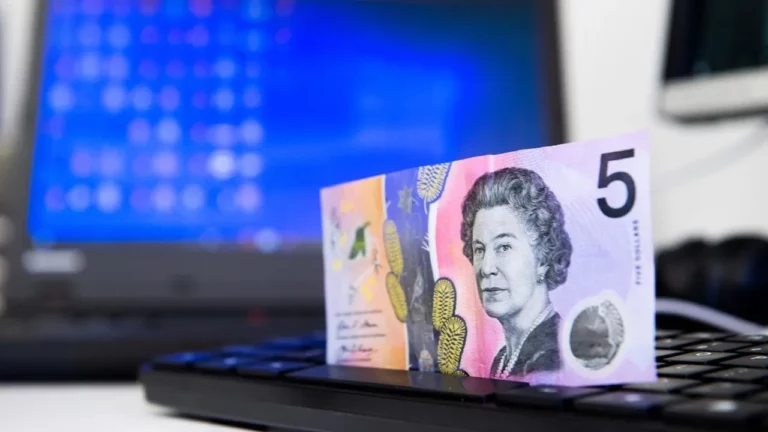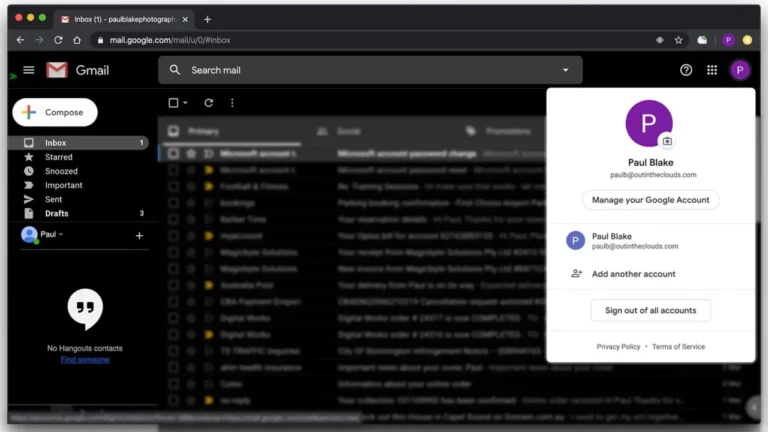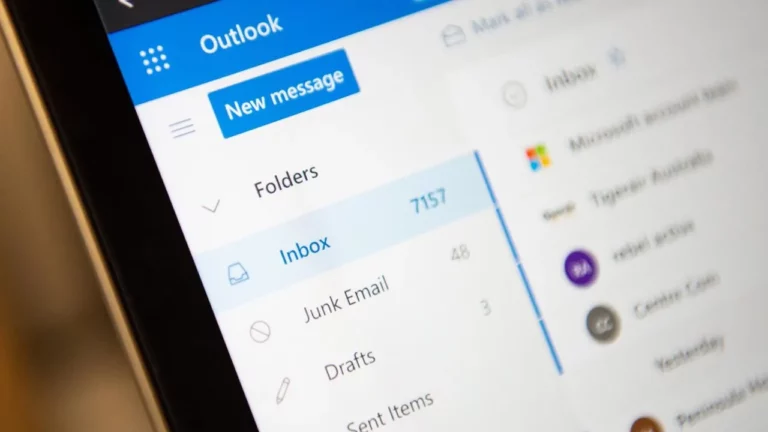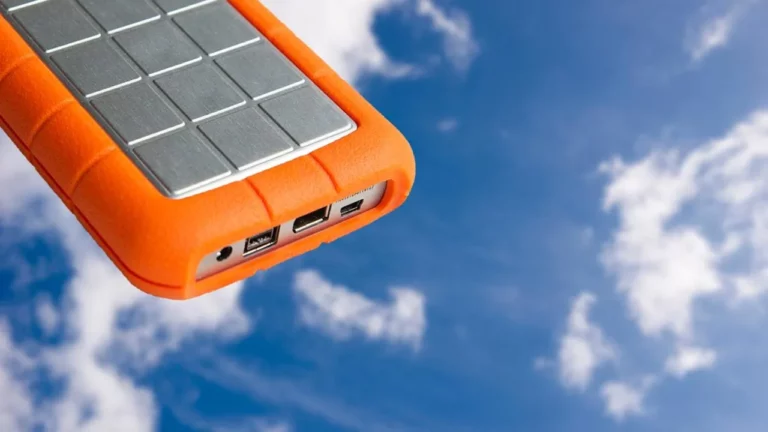What a Post COVID19 Workplace Could Look Like
With the eventual return of heading to the office post COVID19, we’re likely to see the way people use workspaces change, some of these changes will be short-lived while others will be long-lasting, if not permanent.
While people can work remotely effectively, there is nothing that can fully substitute the in-person, face-to-face interactions we experience in our workplaces.
Here are five concepts we believe workspaces will apply post COVID19
Hands-Free Command and Control
Generally, in any workspace – we spend our days touching many surfaces; doors, lift buttons, kitchen items. Post-pandemic things will need to dramatically shift toward hands-free command and control solutions such as voice and gesture. What we’re likely to see is the frequent touch-points used daily will be retrofitted for movement control, or with custom apps that recognise the employee to give access to a secure work area.
Tech Assistants
Tech assistant integration will become critical for any business wanting to bring employees back into a physical office space. While many of us are using Alexa or Siri in our personal lives, what we’re likely to see is workspaces utilising them to create a touch-free workplace.
An AI assistant can help set up a conference call, record meetings, take notes, and more, that traditionally require people to touch shared equipment in the workplace.
Smart Workspaces
Smart work locations are non-assigned workspaces – think comfy seating, access to robust technology integration, noise friendly and easily adaptable for the user’s needs. Their popularity will continue to grow as they can be easily sanitised entirely between use.
The spaces are based on three essential functions: learning, communication and collaboration; With the role of the office changing; it is no longer just a place to work; the future workplace needs to reflect and support this new role.
Sensors and Monitoring
Sensor technology has been helping facility managers all over the world optimise their workplaces, and we predict that the same technology will expand to keep workers comfortable and safe presently.
So how could it be used?
- Provide no-touch solutions for purposes like opening doors, switching on and off lights, paper towel dispensers, flushing toilets.
- Sensors could help to serve as a physical distance monitoring system – by accurately monitoring desk, room and space occupancy.
- With cleaning being the most vital factor for all workspaces, monitors and sensors can facilitate robust cleaning rotas after meetings.
Better Remote Experience in Meeting Rooms
With a return to workspaces set to be staggered – innovative meeting platforms that keep everyone engaged are more crucial than ever, and
given we’ve had an extensive amount of practice with remote working when we return to the physical office, we’re likely to find that the always-on video conferencing, seamless in-person and remote collaboration spaces (such as virtual whiteboards), and collaboration tools will quickly shift from futuristic ideas to usual practice.

